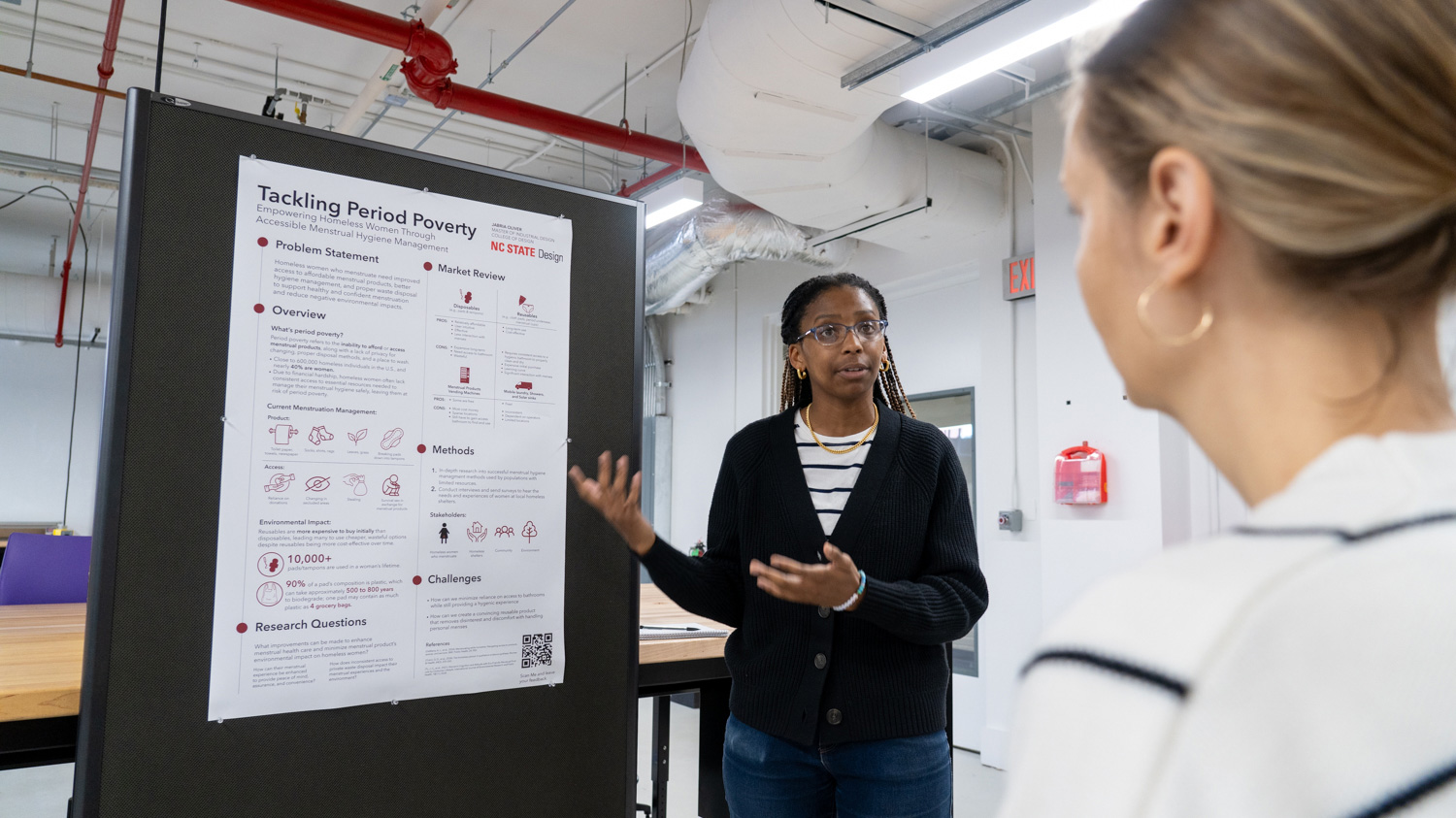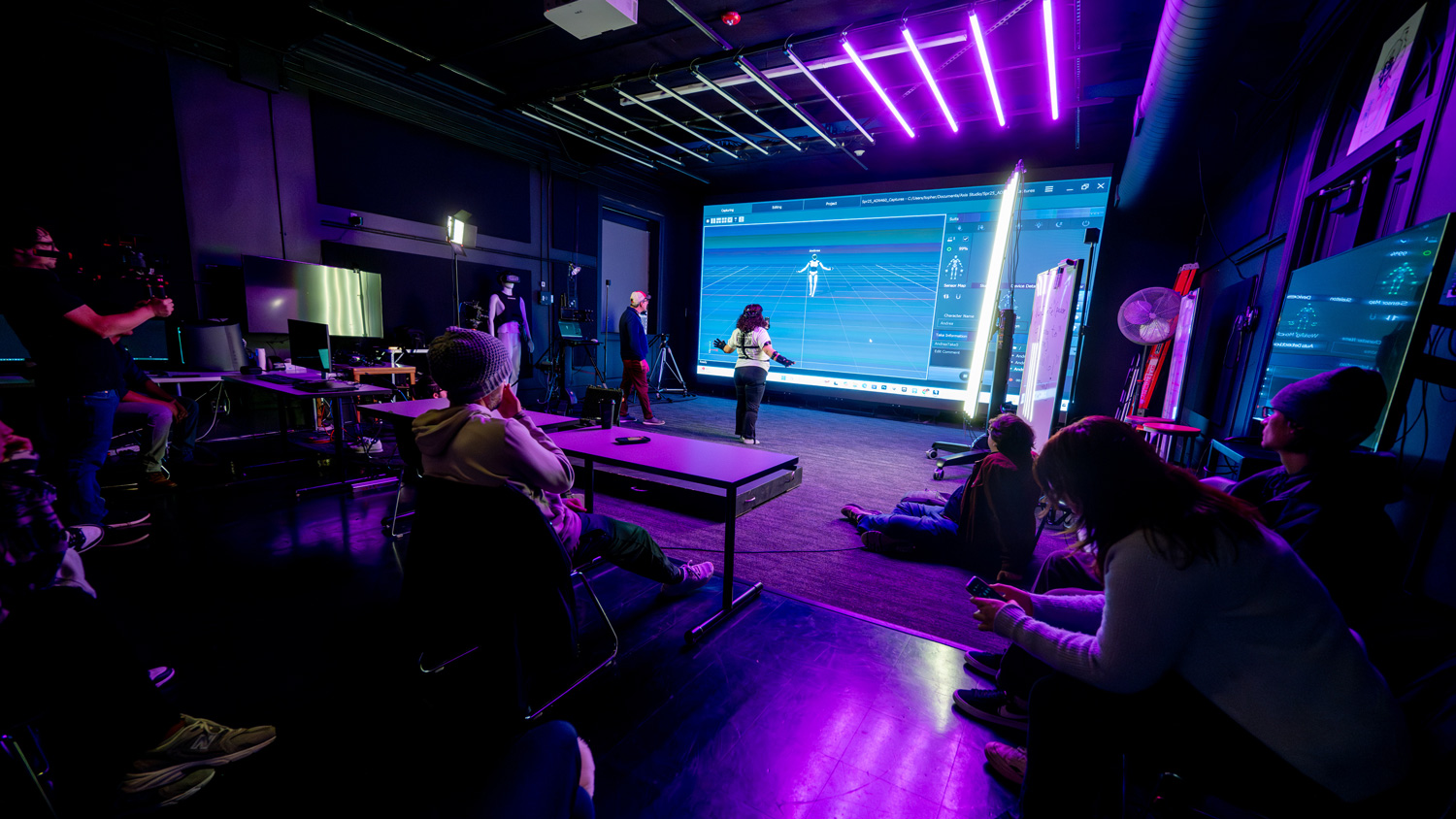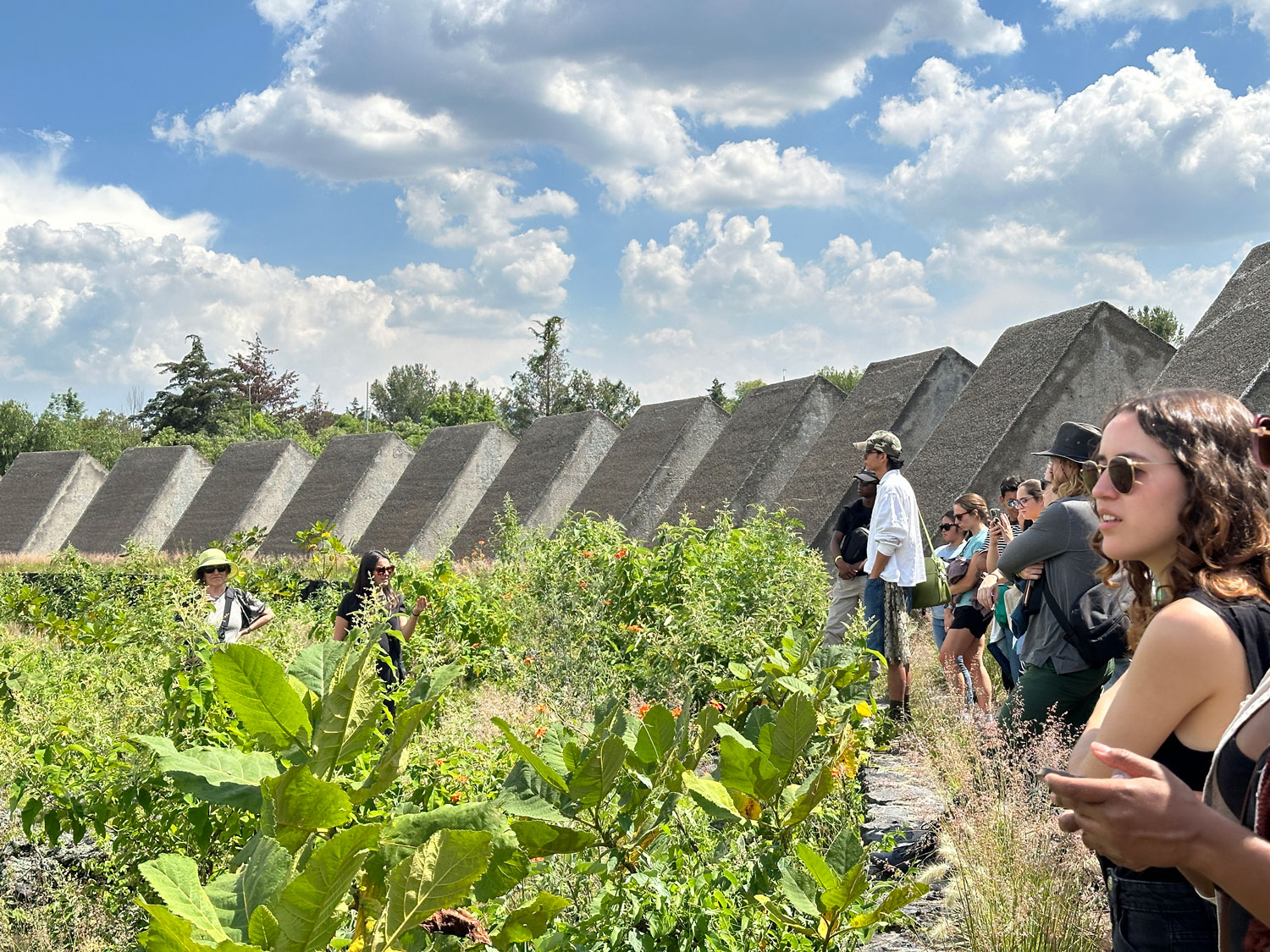Unity Through Design: Q&A with Melissa Manjarrez Dominguez
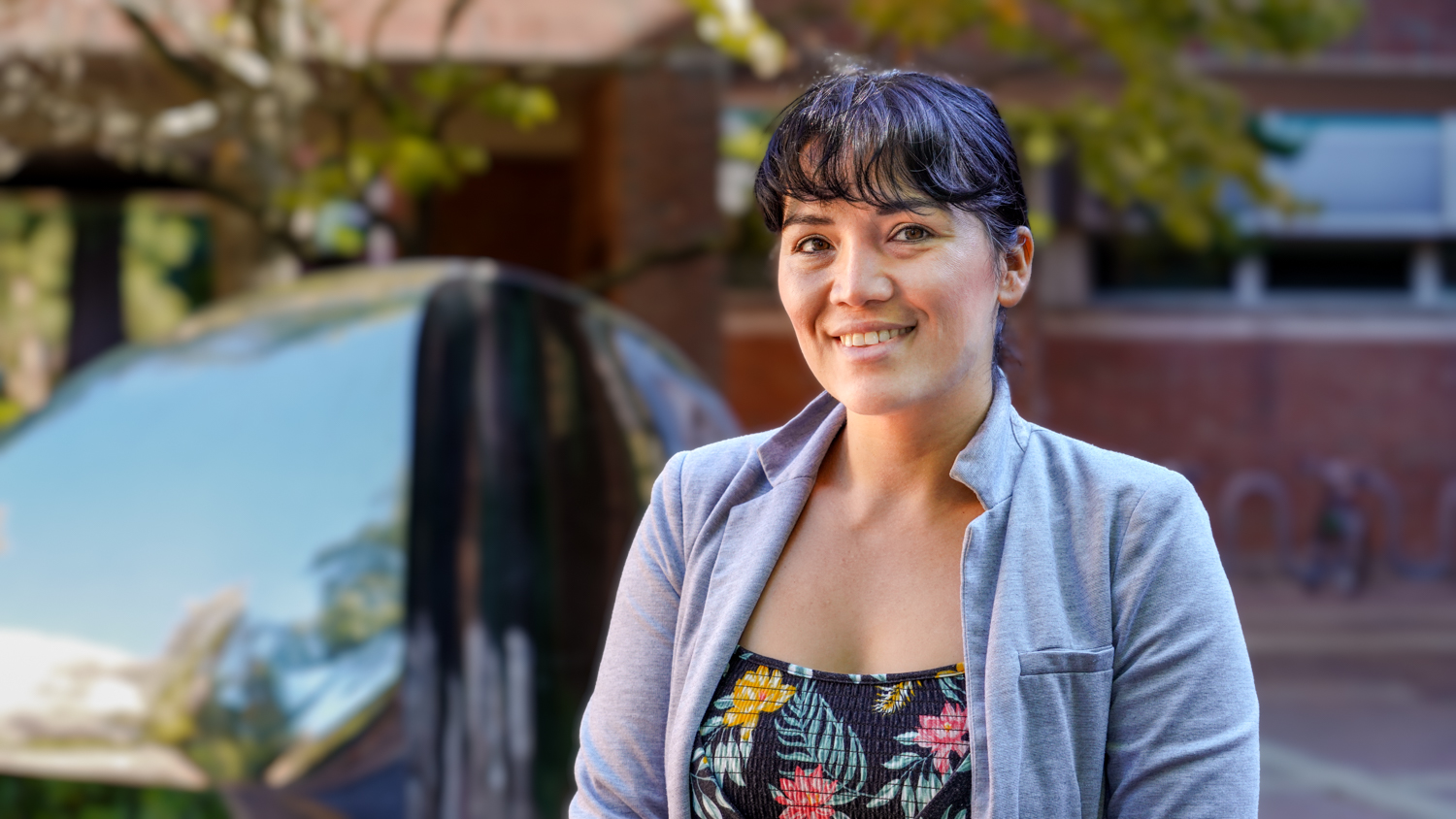
Melissa Manjarrez Dominguez’s journey began amidst the arid landscapes and agricultural communities of Sinaloa, Mexico. Raised in the heart of a region ravaged by cartel fighting, she witnessed firsthand the spread of violence and fear. Yet, amid the chaos, she also observed something remarkable – the power of certain spaces to bring people together, offering respite from the turmoil and fostering unity.
After graduating, Melissa embarked on a transformative journey across five continents. From bustling cities to remote villages, she encountered communities grappling with similar challenges of violence and division. In each place, she discovered pockets of hope – spaces that transcended the chaos, where families gathered, and humanity’s love prevailed.
Reflecting on these experiences, Melissa found her calling in landscape architecture. “Everywhere I went, I saw the potential of design to heal wounds and unite communities,” she says. It was this realization that drew her to NC State, where she believed she could learn to create spaces that promote peace and inclusivity.
Today, Melissa is not only a passionate advocate for landscape architecture but also a champion for diversity and community engagement. As the president of Women in Landscape Architecture (WxLA), she is dedicated to attracting more diverse students to the field. Her commitment to fostering community is evident in her immersive study of Moore Square Park in downtown Raleigh. Through her work, Melissa seeks to create inclusive and peaceful spaces that bring people together.
Recently, Melissa shared her insights on landscape architecture, and her efforts to promote diversity and community engagement in a Q&A session:
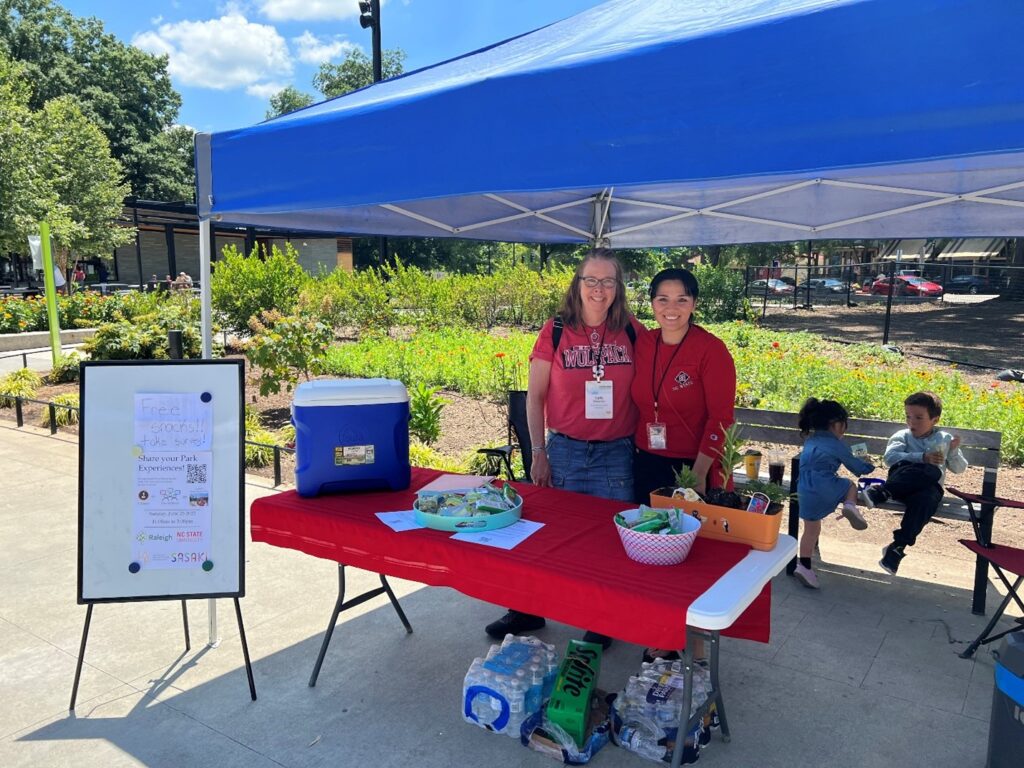
What brought you to the College of Design? Why were you passionate about studying here at NC State?
Raised in a hardworking agricultural family in Sinaloa, Mexico, I learned the importance of our planet. It feeds, shelters, and provides a sense of community. However, during my high school years, the brutal Cartel War ravaged our community, spreading violence and fear, and many of my classmates did not make it. Despite this, I found hope in education as a life jacket to overcome barriers. When I received the opportunity to study for my bachelor’s degree in environmental design at Auburn University in Alabama, I took it; little did I know that my whole life would change drastically.
When I graduated, I made it a priority to travel all over the world; I visited countries on five continents. This opened my eyes further. I saw that violence, crime, and war were not unique to Mexico; they were global issues. Yet, everywhere I went, amidst devastated crime areas, I found spaces that brought families together, offered joy and peace, united communities, and momentarily let people feel the love of humanity. Analyzing the unique appeal of these spaces – their design, community use, and selection reasons – turned into a passion that drew me to landscape architecture. I knew that enrolling in NCSU’s MLA program was essential. There, I could learn to create spaces that foster peace and unite communities, using design as a powerful tool against war, crime, and even the Cartels.
What things have you been able to study or accomplish now that you’re here?
At NC State, I noticed the striking lack of student diversity in our field. Diverse perspectives for addressing complex societal issues like global inequity are important.
I teamed up with Amira Slocum (an African American student) and Professor Kofi Boone, FASLA, with guidance from our professional mentor, Sal Musarra, to conduct extensive research on how to attract more diverse students to the field. Our findings revealed alarming rates of imposter syndrome, financial struggles, and a desire for mentorship.
Presenting this research at the National 2023 ASLA conference, we were overwhelmed by the positive response, affirming the need for more inclusive and supportive environments in our field. This research inspired my presidency of WxLA (Women in Landscape Architecture), where I foster community among students.
When I received the opportunity to conduct an LAF Case Study Investigation at Moore Square Park in Downtown Raleigh, North Carolina, with support from Professor Carla Delcambre, FASLA, this experience underscored the importance of engaging with the community.
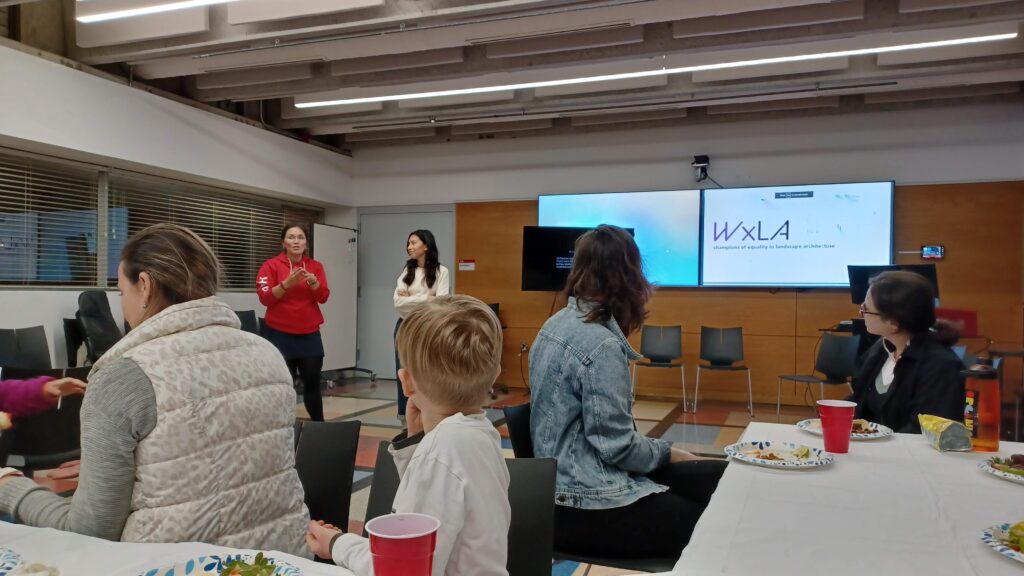
For five months, I immersed myself in the park’s daily life. I actively participated in community-led events, ranging from exercise classes to night markets. I also noticed several homeless people in the area.
To better understand their experiences, I participated in events for the homeless, such as job training and food kitchens. I found that residents, as well as the homeless, felt a sense of belonging in the park’s events, fostering a strong community spirit.
Engaging with the community was profoundly rewarding, but gaining their trust was invaluable. This trust has enriched my understanding of the community’s needs, making me a better designer.
What do you enjoy most about the program?
What I enjoy most about the program is the opportunity it provides to blend academic learning with real-world application. The program’s emphasis on community engagement, diversity, and hands-on experiences aligns perfectly with my passion for creating inclusive, peaceful spaces.
Engaging with different communities, understanding their unique needs, and applying this knowledge to design has been profoundly rewarding.
How do you feel supported by the program and in your studies?
The NC State program has offered tremendous support in my studies. The guidance from experienced faculty like Professor Kofi Boone and Carla Delcambre, as well as my professional mentor Sal Musarra, has been invaluable.
The program’s inclusive environment, which encourages diverse perspectives and innovative thinking, has bolstered my confidence and has been instrumental in my academic and personal growth. Additionally, the opportunities for research, community engagement, and presenting at national conferences have significantly enriched my educational experience.
- Categories:
